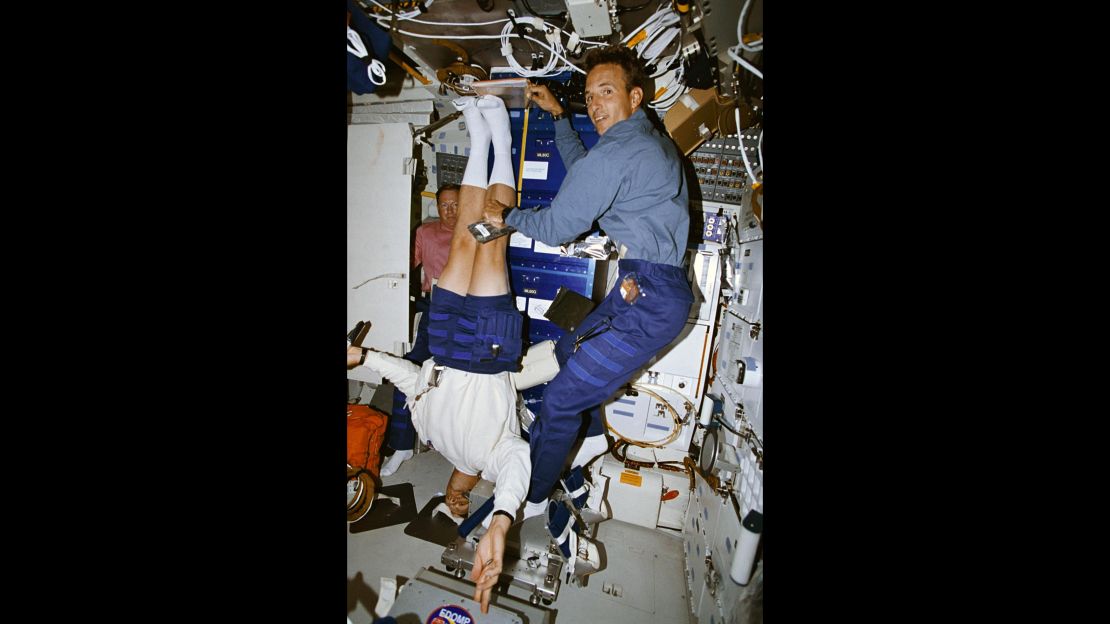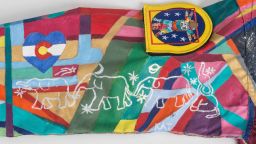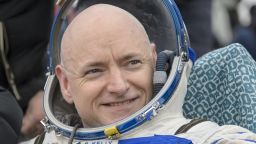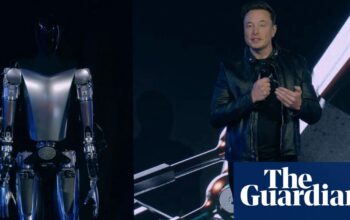According to a recent study, a six-month stint on the International Space Station can cause discomfort for astronauts by causing back pain. Although they may experience a temporary increase in height of up to 2 inches, this is accompanied by a decrease in muscle strength that supports the spine.

Since the late 1980s, astronauts have been experiencing back pain as space missions have become longer. According to their medical records, over half of US astronauts have reported back pain, particularly in their lower backs. Around 28% described the pain as moderate to severe and it often persisted throughout their mission.
Upon returning to Earth’s gravity, conditions do not improve. Astronauts have a 4.3 times greater chance of experiencing a herniated disc during the first year following their mission.
Dr. Douglas Chang, the lead researcher and associate professor at University of California San Diego Health, stated that the issue of back problems among astronauts has been a persistent and concerning problem. This new study is the first to not only describe the problem, but also investigate potential reasons behind it.
Similar to being immobile in a full body brace.
There has been significant emphasis on intervertebral discs, which are the soft, cushioning structures located between our spinal bones, as the main cause of back problems experienced by astronauts. However, the latest study contradicts this belief. With funding from NASA, Chang and their team found minimal to no alterations in the discs, including their size and inflammation levels.
During their time on the ISS, six astronauts experienced significant degeneration and weakening of the muscles in their lower back, according to Chang. These muscles are crucial for maintaining upright posture, walking, and using our arms in Earth’s gravity, while also protecting the spine from strain or damage.
In a microgravity environment, the torso experiences elongation, possibly caused by a decrease in spinal pressure resulting in a flattening of the spinal curvature. Astronauts also experience reduced muscle tension in their lower back due to lack of bending or movement, unlike on Earth. According to Chang, this is the root cause of pain and stiffness, similar to being in a body cast for six months.
The results from MRI scans conducted before and after the missions showed that the astronauts had a 19% decrease in their muscle mass during their flight. Despite six weeks of training and reconditioning on Earth, they were only able to restore about 68% of their lost muscle mass, according to Chang’s explanation.
Chang and his colleagues view this as a significant problem for extended missions with human crew, particularly for a journey to Mars which could take eight to nine months to reach. This trip, along with the time the astronauts may spend in the lower gravity of Mars (38% of Earth’s surface gravity), increases the risk of muscle atrophy and physical deconditioning.
The team plans to further investigate neck problems, which may lead to more instances of muscle loss and a longer healing process. They also aim to collaborate with another university to conduct ultrasounds of astronauts’ spines during flight, in order to study the effects of space station stays.
Yoga in space?
Due to the unpopularity of back pain and muscle loss, Chang proposed additional measures to be incorporated into the current two to three-hour daily workout routine for astronauts on the space station. While their exercise equipment targets various health concerns such as cardiovascular and skeletal strength, the researchers believe that a core-strengthening regimen specifically targeting the spine is necessary for space travelers.
Besides the fetal tuck stance that astronauts utilize while in microgravity to alleviate lower back tension and discomfort, Chang proposed incorporating yoga. However, he acknowledges that this may be more challenging in practice.
Yoga heavily relies on the force of gravity to achieve certain poses, such as downward dog. The pull of gravity allows for a stretching of the hamstrings, calf muscles, and upper back and neck. Without this force, the same level of benefit may not be achieved.
All machines on the space station must be designed with consideration for weight, size, and potential vibrations that could affect the station.

Chang and his colleagues collaborated with a virtual reality group to come up with various exercise routines that would allow astronauts to involve their friends, family, or even Twitter followers in a virtual workout. This would add an element of enjoyment and competition to their daily exercise routine.
Chang’s colleague has personally experienced this discomfort. Dr. Scott Parazynski is the sole astronaut to reach the peak of Mount Everest. He suffered from a herniated disc upon returning from the ISS to Earth. Less than a year later, when he first attempted to climb Everest, he had to be rescued by helicopter. After undergoing rehabilitation, he eventually achieved the summit. Currently, he advises current astronauts on how they can participate in research regarding their health in microgravity.
Stay up to date on the latest health news by following CNN Health on Facebook and Twitter.
Check out the most recent updates and join the conversation with CNN Health on Facebook and Twitter.
Chang stated that it is their minimum responsibility to maintain the well-being and physical fitness of the astronauts.
Upon returning, the crew expresses their awe at seeing Earth from one side of the space station. They realize that everything they cherish is contained on this small and delicate planet. However, when they look out the other window, they are met with an endless expanse of darkness, giving them a new perspective on their own existence within the vastness of the universe.
Each of them is dedicated to advancing our understanding of space and taking small steps towards progress for the next group.
Source: cnn.com

 M.D. Anderson cancer children designed flight suit cover. Photo Date: May 19, 2016. Location: Building 8, Room 183 – Photo Studio. Photographer: Robert Markowitz Robert Markowitz/NASA Hope, Courage and Unity: The story behind the young cancer patients who painted space suits
M.D. Anderson cancer children designed flight suit cover. Photo Date: May 19, 2016. Location: Building 8, Room 183 – Photo Studio. Photographer: Robert Markowitz Robert Markowitz/NASA Hope, Courage and Unity: The story behind the young cancer patients who painted space suits 



